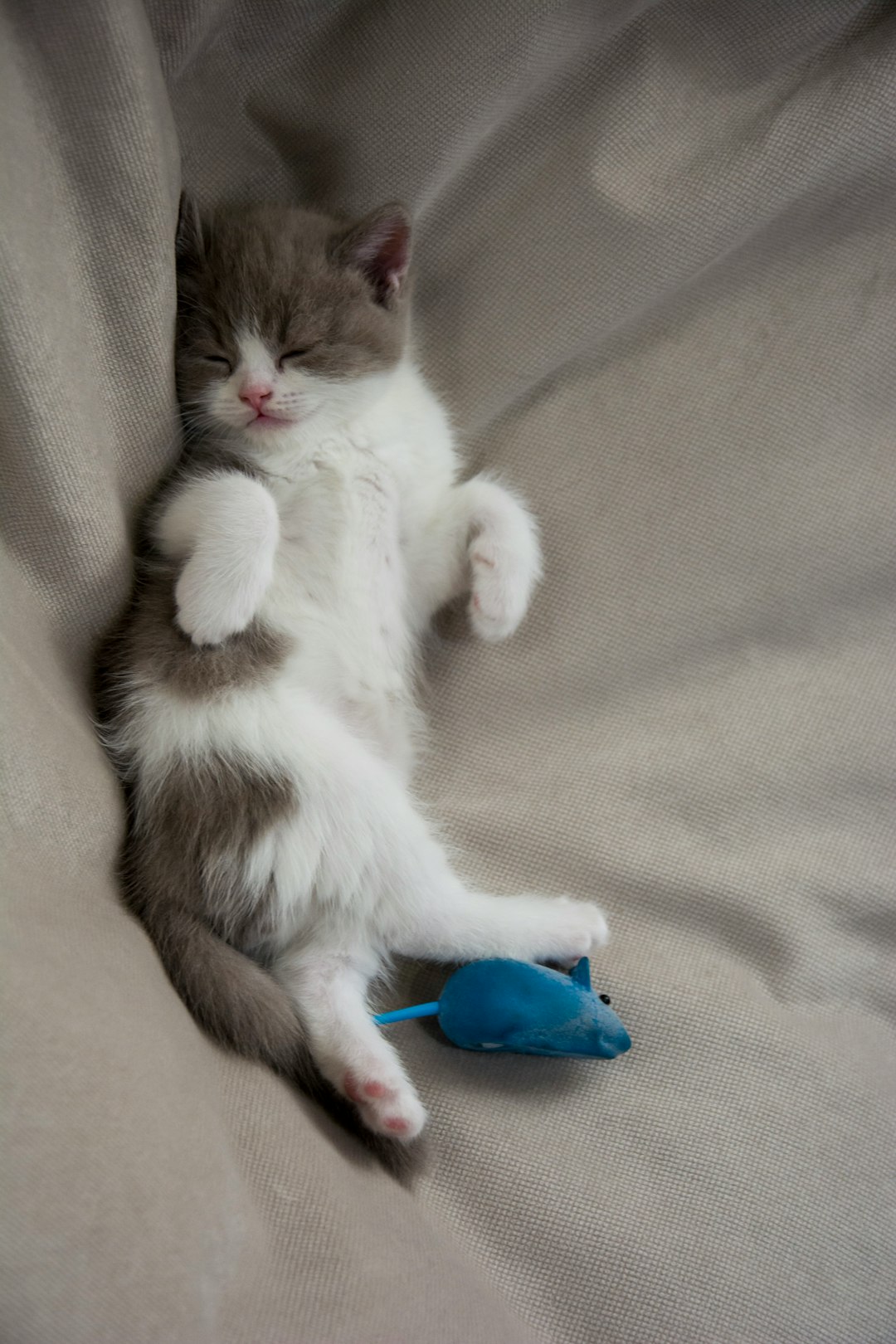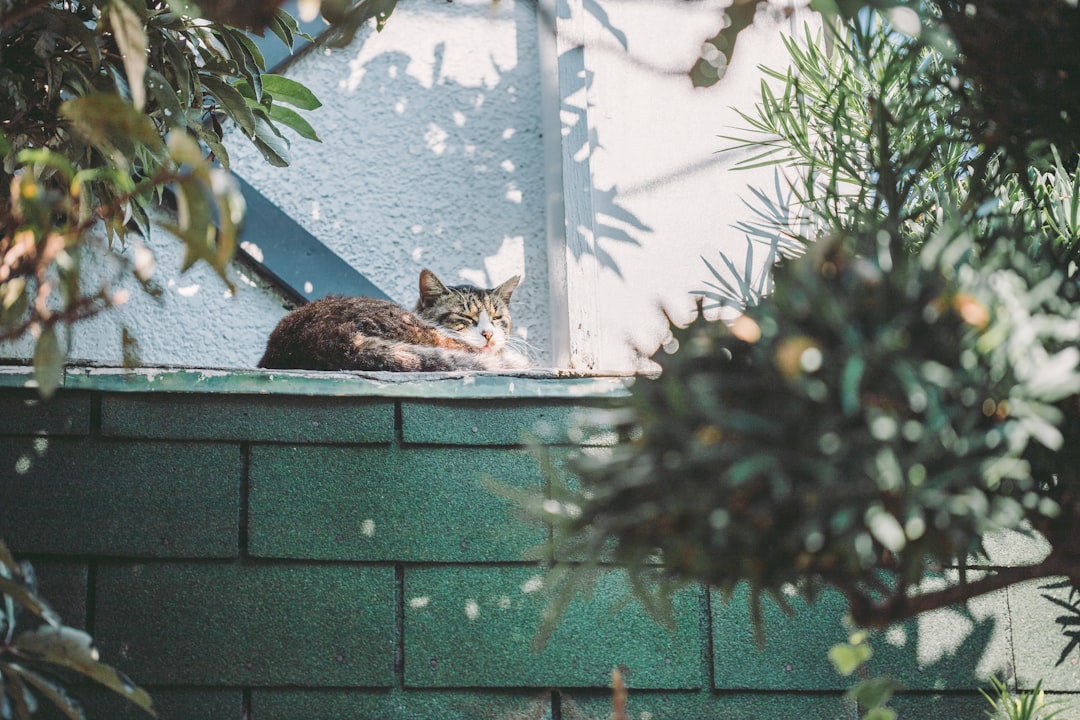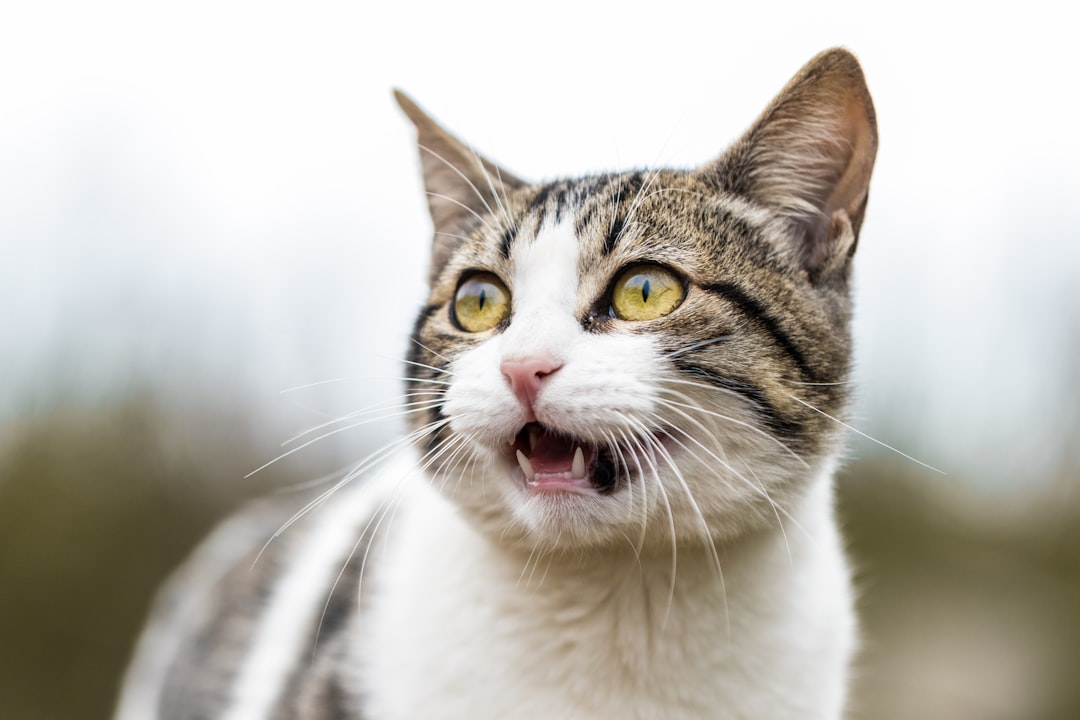Nursing cats require a balanced and nutritious diet to support both their health and the well-being of their kittens. Understanding the nuances of “Veal Chop Nursing” is crucial, as high-quality protein sources play an essential role in providing the energy nursing cats need. By exploring various feeding options and preparation methods, you can ensure your furry friend receives optimal nourishment. Moreover, awareness of potential challenges and ongoing health monitoring will help maintain the vitality of your nursing cat.
Understanding the Nutritional Needs of Nursing Cats
Nursing cats have specific nutritional requirements that support their health and the growth of their kittens. Providing a balanced diet is crucial during this vital stage. Here are key points to consider:
Increased Caloric Intake: Nursing cats need more calories than usual to sustain milk production. Aim for a diet that is 1.5 to 2 times their regular energy needs.
High-quality Protein: Protein is essential for tissue repair and milk production. Sources like veal chop provide the necessary amino acids that promote healthy growth in both the mother and her kittens.
Essential Fats: Omega-3 and Omega-6 fatty acids support skin health, coat quality, and overall energy levels. Feeding high-quality fats, often found in fish or certain oils, enhances the cat’s diet.
Vitamins and Minerals: A well-rounded diet should include vitamins A, D, E, and B-complex, along with minerals like calcium and phosphorus to strengthen bones and improve metabolic health.
By focusing on these nutritional aspects, veal chop nursing can significantly benefit both the queen and her kittens. Always monitor their health and adjust dietary choices as needed.
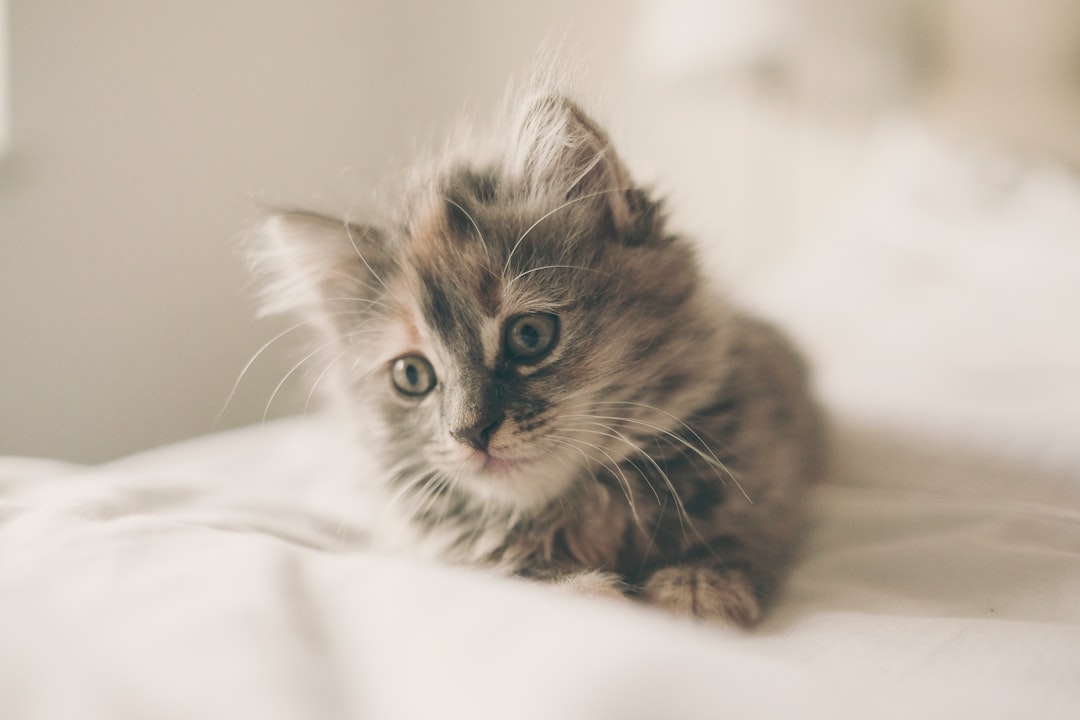
The Benefits of Quality Protein in a Nursing Cat’s Diet
When it comes to Veal Chop Nursing, a high-quality protein source plays a pivotal role in the overall health of nursing cats. Here’s why incorporating protein-rich foods like veal chops can be beneficial:
Muscle Development: Nursing cats require protein for muscle mass maintenance and growth, especially during their recovery and lactation.
Energy Boost: Quality protein provides essential energy that helps nursing cats meet their increased metabolic demands.
Immune Support: Amino acids from protein sources bolster the immune system, helping nursing cats fend off infections.
Comparison of Protein Sources
| Protein Source | Protein Content (%) | Benefits |
|---|---|---|
| Veal Chop | 20-25 | Rich in essential amino acids |
| Chicken Breast | 25-30 | Lean and easily digestible |
| Fish (Salmon) | 20-25 | High in Omega-3 fatty acids |
| Beef | 26-28 | Protein-dense with iron |
In summary, incorporating veal chops into a nursing cat’s diet enriches their protein intake, supporting their health and well-being. Thus, Veal Chop Nursing ultimately enhances their ability to care for their kittens effectively.
Popular Veal Chop Feeding Methods for Cats
When it comes to Veal Chop Nursing, utilizing suitable feeding methods is crucial for the health of nursing cats. Here are some effective approaches to serve veal chop to your feline friend:
- Raw Feeding: Many cat owners choose to offer raw veal chops to maintain maximum nutrients.
- Cooked Options: Lightly cooking the veal chop can enhance its digestibility. Avoid using seasonings, as they can harm your cat.
- Shredded Pieces: Cut the chop into small, easily manageable pieces. This helps your cat eat comfortably without choking.
- Pureed Form: For cats with dental issues, blending the veal into a smooth puree can be beneficial. This method makes it simpler for them to consume the protein.
Comparison of Methods:
| Method | Nutritional Value | Ease of Consumption | Digestibility |
|---|---|---|---|
| Raw Feeding | High | Moderate | High |
| Cooked Options | Moderate | Easy | Moderate |
| Shredded Pieces | High | Easy | High |
| Pureed Form | Moderate | Very Easy | High |
By employing these methods, you’ll ensure that your cat receives ample nutrition during veal chop nursing, fostering their growth and well-being.
Incorporating Supplements for Optimal Health
When it comes to Veal Chop Nursing, it’s essential to ensure that nursing cats receive all the nutrients they need for optimal health. While feeding your cat veal chops offers high-quality protein, incorporating supplements can enhance their diet significantly. Here are key supplements to consider:
Omega-3 Fatty Acids:
- Supports skin health and reduces inflammation.
- Sources include fish oil or flaxseed oil.
Calcium and Phosphorus:
- Vital for bone health and development in nursing kittens.
- Ensure balanced ratios, as too much can cause health issues.
Vitamins:
- Vitamin E: Acts as an antioxidant and supports immune function.
- B-Complex Vitamins: Boost energy levels and overall vitality.
Probiotics:
- Promote a healthy gut microbiome, essential for digestion and nutrient absorption.
Comparison of Supplements
| Supplement | Benefits | Considerations |
|---|---|---|
| Omega-3 Fatty Acids | Reduces inflammation, improves coat quality | Dosage should be monitored |
| Calcium/Phosphorus | Essential for bone strength | Balance is crucial |
| Vitamins | Enhances immune function | Choose high-quality sources |
| Probiotics | Aids digestion and increases nutrient absorption | Ensure species specificity |
Incorporating these supplements while maintaining a Veal Chop Nursing diet ensures your nursing cat and her kittens have the best chance at thriving. Remember to consult with your veterinarian for personalized recommendations.
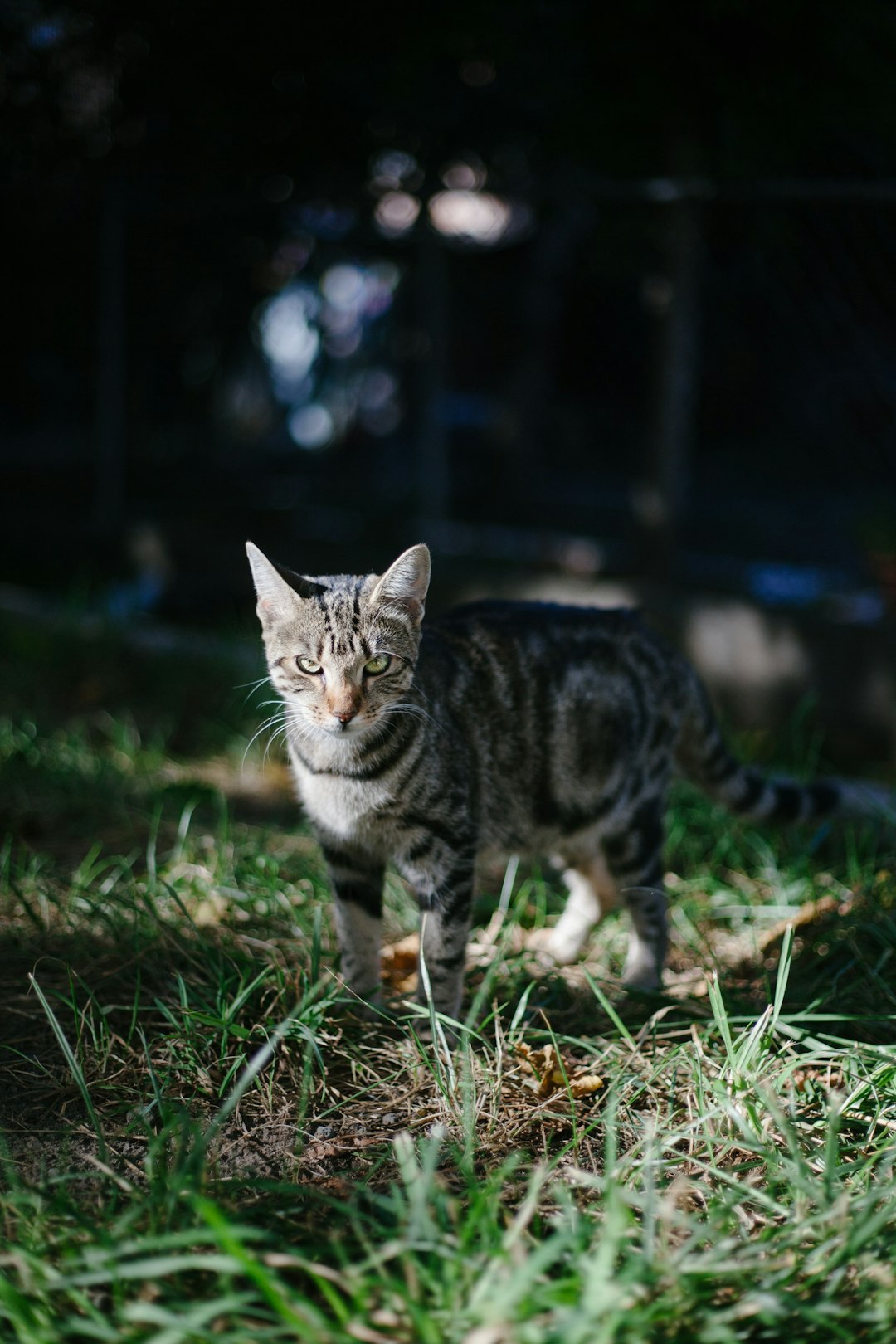
Preparing Veal Chop for Safe Consumption
When it comes to veal chop nursing, proper preparation is crucial to ensure that your nursing cat enjoys a safe and nutritious meal. Here are key steps to keep in mind:
Selection of Veal Chop: Choose fresh, high-quality veal chops. Look for lean cuts with minimal fat.
Cooking Method:
- Cook the veal chop thoroughly to eliminate any harmful bacteria. Aim for an internal temperature of 145°F (63°C).
- Avoid adding spices, herbs, or seasoning that can be harmful to cats.
Cooling: Let the cooked veal chop cool down to room temperature before serving.
Cutting:
- Chop the meat into small, manageable pieces to prevent choking.
- Ensure no bones are present since they can splinter and cause injury.
Quick Preparation Tips
| Step | Action |
|---|---|
| Selection | Choose lean, high-quality veal |
| Cooking Temperature | Cook to 145°F (63°C) |
| Cooling | Let it cool to room temperature |
| Cutting | Chop small and remove any bones |
By following these steps, you will promote a positive veal chop nursing experience, ensuring that your cat gets the nourishment it requires while staying safe.
Monitoring Cat’s Health During Feeding
When engaging in Veal Chop Nursing for your feline friend, observing their health during feeding is crucial for ensuring proper nutrition. Here are some key aspects to monitor:
- Appetite: Keep an eye on how eagerly your cat approaches the veal chop. A decrease in interest may signal an underlying issue.
- Weight Changes: Regularly weigh your cat to track any significant weight gain or loss. This helps assess if they’re receiving adequate nutrition from the veal chop.
- Digestive Health: After feeding, observe your cat’s stool. Healthy digestion should result in firmer stools without any signs of diarrhea or constipation.
- Energy Levels: A nursing cat should exhibit normal energy levels. Increased lethargy can suggest potential health problems.
- Hydration: Ensure your cat remains well-hydrated, especially when introducing veal chop nursing. Fresh water should always be available.
By closely monitoring these factors, you will promote a healthier feeding experience. This diligence supports not just veal chop nursing but the overall well-being of your nursing cat.
Addressing Common Challenges in Nursing Cats
Nursing cats, while nurturing their kittens, often encounter several challenges that can impact their health and milk production. Understanding these issues is crucial, especially when considering Veal Chop Nursing as a dietary option. Here are some common challenges faced by nursing cats and how to address them:
Poor Appetite
- Solution: Offer high-quality proteins such as veal chop to entice their interest.
- Tip: Serve it warm to enhance aroma.
Weight Loss
- Solution: Increase caloric intake by incorporating veal chop nursing into their diet regularly.
- Tip: Include calorie-dense supplements if needed.
Dehydration
- Solution: Encourage water intake; moist food options can help.
- Tip: Add broth to veal chop to create a flavorful meal.
Milk Production Issues
- Solution: Ensure a balanced diet rich in protein and fat, focusing on veal chop nursing.
- Tip: Monitor kitten weight to ensure they are nursing adequately.
Being proactive about these challenges can lead to healthier nursing cats and thriving kittens. Always consult your veterinarian for personalized strategies based on your cat’s specific needs.
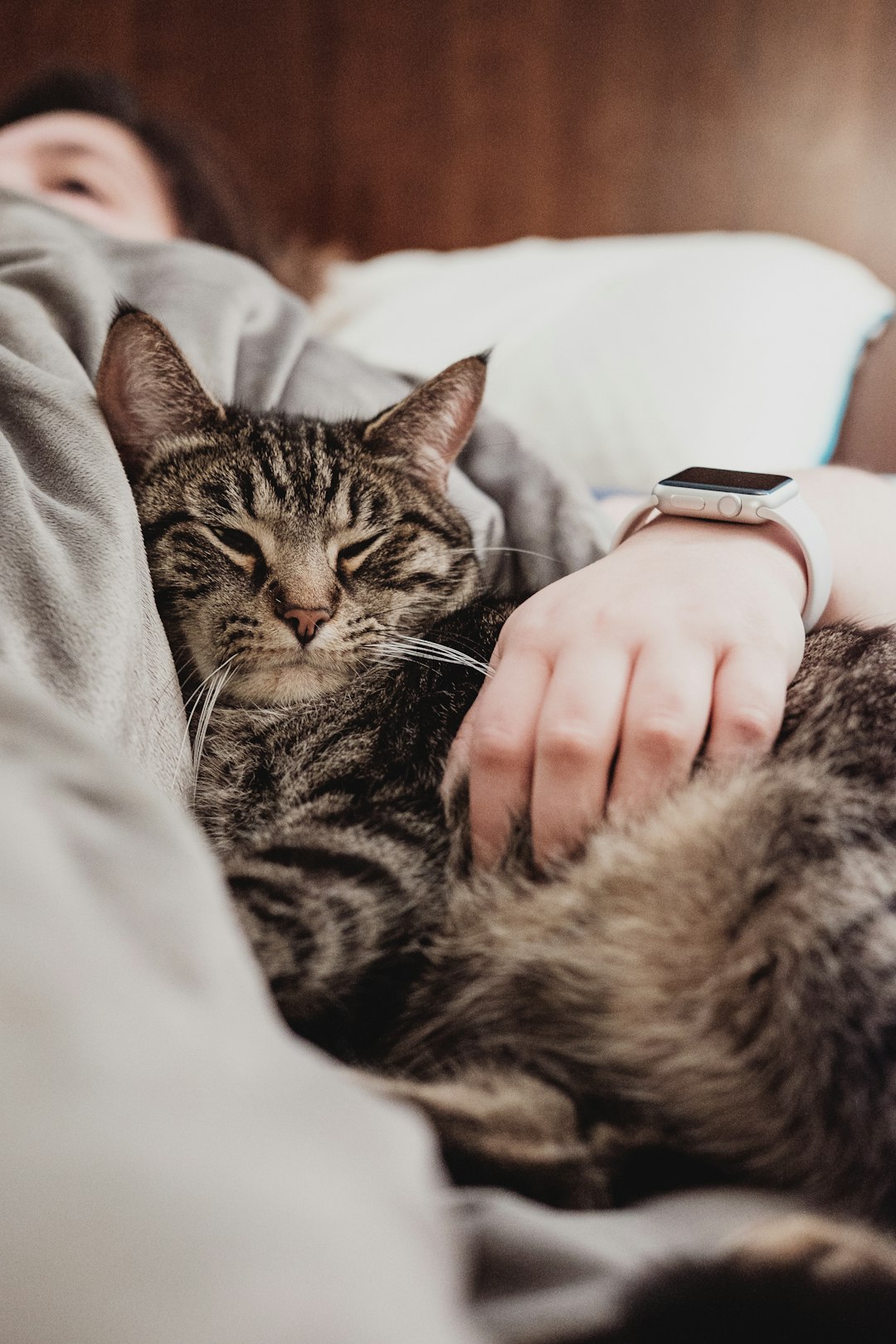
Consulting with a Veterinarian for Tailored Advice
When it comes to Veal Chop Nursing, consulting with a veterinarian is essential for ensuring your nursing cat receives appropriate nutrition tailored to her unique needs. Here’s why professional guidance is beneficial:
Individual Requirements: Every cat has different nutritional needs, especially during nursing. A vet can recommend specific dietary adjustments based on age, weight, and health status.
Optimizing Feeding Plans: Your veterinarian can help you determine the best feeding methods for veal chop, including the right portions and preparation techniques. This ensures your cat gets the necessary quality protein without any adverse effects.
Health Monitoring: Regular check-ups become crucial while implementing veal chop nursing. A vet can identify any health issues early and make necessary dietary changes.
Addressing Concerns: Should your cat exhibit any unusual behavior after consuming veal chop, your veterinarian can provide tailored advice to troubleshoot and adapt her diet.
In summary, involving a veterinarian in veal chop nursing not only fosters optimal health for your cat but also supports her nursing process effectively. Prioritize her well-being by seeking professional guidance!
Frequently Asked Questions
What nutritional needs do nursing cats have?
Nursing cats require a balanced diet that is rich in calories, protein, and essential nutrients to support both their recovery and the growth of their kittens. They should be fed a high-quality commercial cat food formulated for kittens, which typically contains higher levels of protein and fat. Additionally, ensuring access to fresh water and considering supplements, such as fish oil or taurine, can further enhance their dietary intake. Regular feeding throughout the day is recommended to meet their increased metabolic needs.
Can nursing cats eat veal chops?
While veal chops can be a source of protein for nursing cats, it is important to prepare them properly before feeding. The meat should be cooked thoroughly to avoid any potential pathogens, and bones should never be given as they can splinter and pose choking hazards. It’s best to offer lean, boneless, and shredded veal in moderation as part of a well-rounded diet, ensuring that the primary food source remains high-quality cat food that meets their needs.
How often should I feed a nursing cat?
Nursing cats should be fed more frequently than average adult cats due to their increased calorie needs while lactating. It is recommended to provide meals multiple times a day, depending on their appetite and body condition. Offering smaller portions throughout the day can help ensure they consume enough nutrients without overeating. Observing their behavior and adjusting meal schedules accordingly is key to keeping them healthy and well-nourished during this critical time.
Are there any specific foods to avoid feeding nursing cats?
Yes, there are several foods that should be avoided when feeding nursing cats, including those that are toxic to cats, such as onions, garlic, chocolate, and caffeine. Additionally, high-fat or heavily seasoned human foods can upset their digestive systems. It’s crucial to avoid giving them raw or undercooked meats, as they may carry harmful bacteria. Consulting with a veterinarian for guidance on safe foods is always a good practice to ensure the health of both the mother cat and her kittens.

